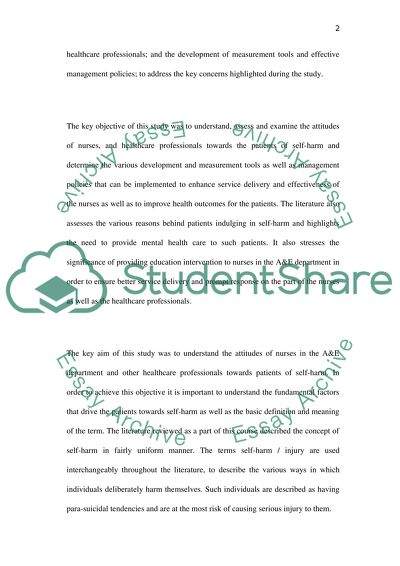Cite this document
(“Self Harm: Discussion of Research Papers Dissertation”, n.d.)
Self Harm: Discussion of Research Papers Dissertation. Retrieved from https://studentshare.org/nursing/1454098-attitudes-of-healthcare-professionals-working-in
Self Harm: Discussion of Research Papers Dissertation. Retrieved from https://studentshare.org/nursing/1454098-attitudes-of-healthcare-professionals-working-in
(Self Harm: Discussion of Research Papers Dissertation)
Self Harm: Discussion of Research Papers Dissertation. https://studentshare.org/nursing/1454098-attitudes-of-healthcare-professionals-working-in.
Self Harm: Discussion of Research Papers Dissertation. https://studentshare.org/nursing/1454098-attitudes-of-healthcare-professionals-working-in.
“Self Harm: Discussion of Research Papers Dissertation”, n.d. https://studentshare.org/nursing/1454098-attitudes-of-healthcare-professionals-working-in.


